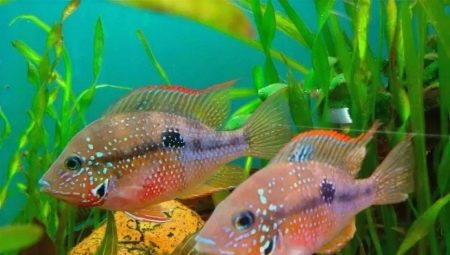Fans of aquarium fish are aware of the existence of unusual beautiful fish called eliot cichlazoma. This bright creature was first discovered in the waters of Mexico and Guatemala. This unusual aquarium inhabitant does not show whimsical care, maintenance, nutrition.
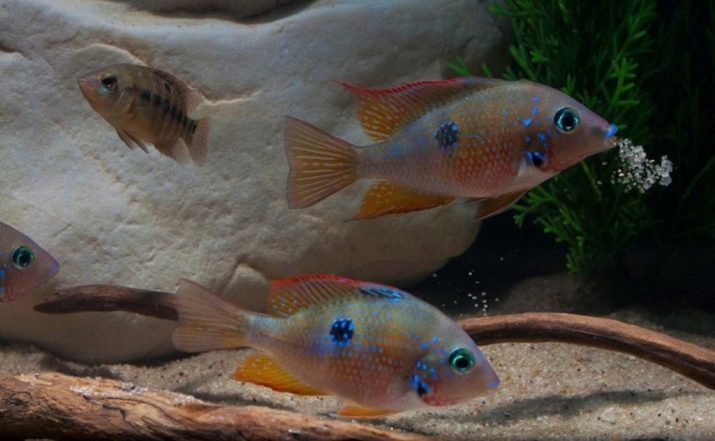
Description
Eliot cichlazoma is a species of aquarium fish that belong to the order of Perciformes. This cichlid is considered the most beautiful of all relatives. Its size is usually about 15 centimeters, so This creature can be kept in a small tank. The body is characterized by elongation, as well as some compression on the sides.
This species of fish can have a variety of colors, ranging from nondescript gray and ending with bright blue or orange. There may be individuals whose body color is olive-beige. In the body color of fish, zoning is often found. The back of the aquarium inhabitant is light beige, the belly has a red tint, and the back is blue. In the color of this living creature, asymmetry is traced.

A distinctive feature of eliot cichlomas is the presence of shiny spots that become brighter and more noticeable under the influence of sunlight. On the head, blotches are represented by stripes. In addition, spots and lines are observed in the anal, abdominal, caudal and dorsal fins - their color is often blue or azure. The pectoral fin is transparent.
The scales of some representatives of this species are only partially colored. The fin on the back has a red fringing decoration. In the center on the sides, each cichlid has a black speck.In some cases, the fish may have a vertical strip from the back to the stomach or a horizontal line from the orbits to the tail.
The eyes of the cichlid may be blue or yellow. The head is characterized by elongation and roundness of the muzzle. Due to its broad forehead and lips, this creature can swallow large food.
Malek and young tsikhlazoma do not have such an attractive appearance as adults. The unusual color of this underwater creature manifests itself with age.
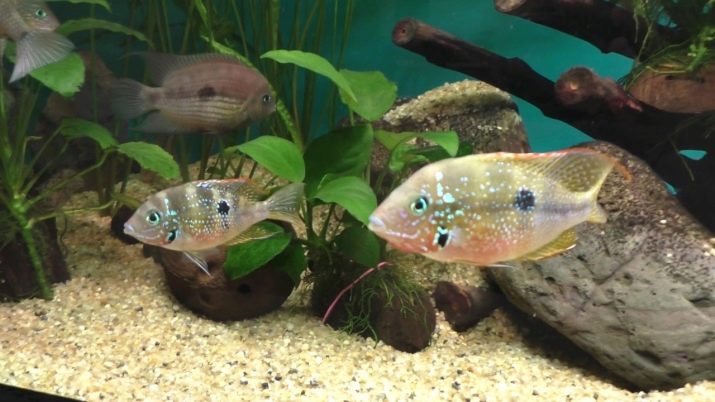
Behavior
Eliot cichlazoma differs from relatives in the absence of an aggressive character. Pets are characterized by weak territoriality. Skirmishes occur rather rarely and only between representatives of the same species. In nature, these creatures are kept in small groups. During spawning, they can be found near the shore, where eggs are laid.
A pair of cichlids chooses a place to live and protects it from uninvited guests. Eliot are considered caring parents. During skirmishes, severe injuries are not observed. Many conflicts occur in a non-contact manner, but with tail strikes.
When hassles, you can notice that the color of the fish of this species, when defeating an opponent, becomes brighter, but the defeated creature dims and turns gray.
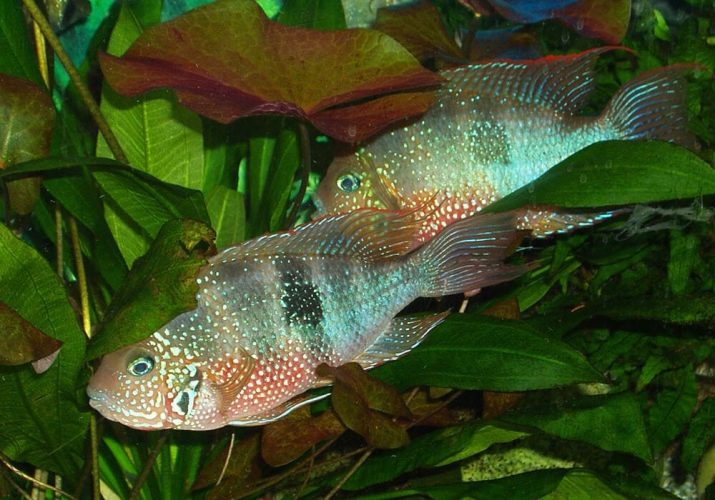
A hierarchy is observed in each flock of cichlids - each member of the group has a place and purpose. Watching these fish, you can see which of the creatures is subordinate. The ringleaders confirm their status with tail slapping. These aquarium fish live for about 8–10 years, but under natural conditions their lifespan is much longer.
The difference between a male and a female in eliots is weakly expressed. Females have a shallow torso. Males are usually larger and brighter in color. The female can also be distinguished by the presence of a black spot on the dorsal fin, which the male does not see well.
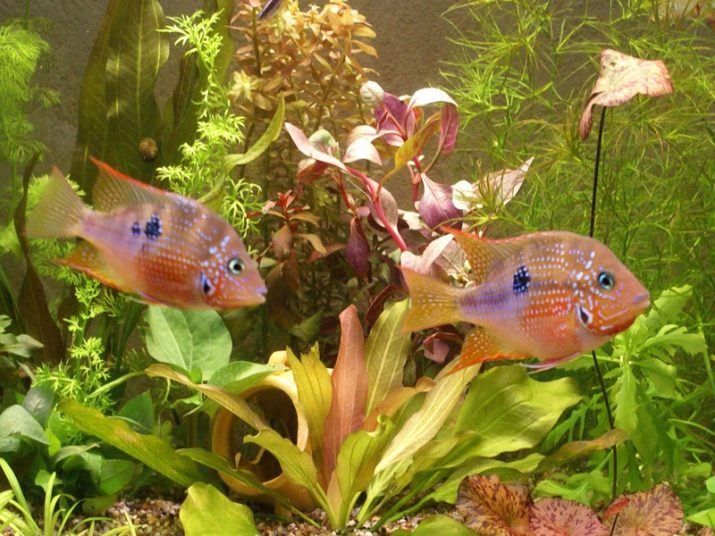
Content Features
In the natural environment, the fish of cichlazoma lives in a shallow river, where there is a lot of sand and fallen leaves. Such areas are not characterized by lush vegetation, as well as bright lighting. That is why this aquarium fish should provide conditions that are as similar as possible to natural ones.
- The bottom substrate is in the form of light rolled sand, fine gravel, or a mixture thereof. As the soil, you can use quartz sand - this is what these fish like to dig.
- As scenery, you can use driftwood, mainsail, large stones. Such items will be used by the inhabitants of the aquarium as shelters.
- The vegetation in the ecosystem where the cichlazoma will live must be with hard foliage and well-developed roots (or without them). The best option can be called anubias, creptokorin, echinodorus, Canadian elodea. This fish will dig and eat any other plants.
- The illumination of the aquarium should be moderate, in too bright a light the representative may feel oppressed.
- Water indicators should always be in good shape. And in order to eliminate the waste products - ammonia, nitrite, nitrate - you should change 1/3 of the water every 7 days and siphon the bottom.
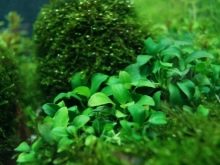
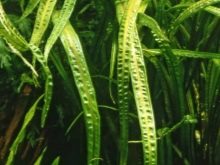
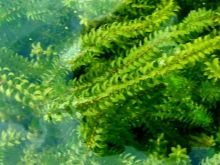
Optimal water performance:
- continuous filtration and aeration;
- the temperature should not be lower than plus 26–28 degrees;
- water hardness should be from 7 to 15 kedits;
- suitable water acidity is 7 pH.
The aquarium, which will contain bright pets, should be spacious - with a volume of 100 or more liters. There are no difficulties in feeding the cichlazoma of the eliota, since it is not very capricious in this.
The fish can eat both dry and live foods, for example, bloodworms, artemia, and tubule. Vegetable products should also be present in the diet of a bright representative of the fauna - they should make up about a third of all food consumed.

A cichlid with appetite eats spirulina, zucchini, cucumbers, cabbage and salad leaves, which are previously scalded with boiling water. Like many other species of this family, aquarium fish has a tendency to overeat. For this reason, adults representatives should arrange fasting days, as the prevention of obesity, as well as stimulation to eat leftover foods.
Representatives of cichlids are characterized by good health. Sometimes the fish suffers from digestive disorders, the functioning of the stomach and intestines. The cause of such ailments can be poor nutrition (lack of food or, conversely, overfeeding a pet). Improper aquarium care, irregular water changes cause dermatomycosis in cichlids.
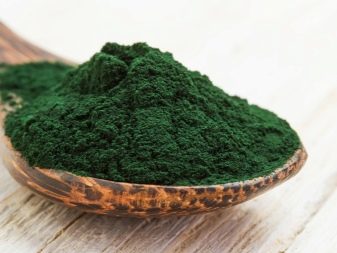
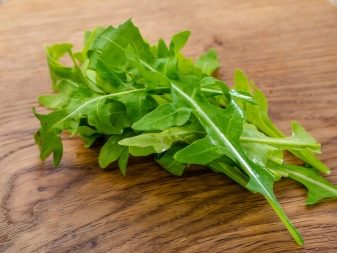
Breeding
Eliot cichlomas are characterized by the rapid onset of puberty. Activity is observed during the period when the fish grows up to 6 centimeters. In many cases, the breeding process is carried out in a natural way without the need for outside help. A newly formed pair of cichlids independently finds for themselves a site on which the female spawns and spawns.
To stimulate calf throwing, pets give more protein foods. Also, do not forget about changing water and increasing temperature. The beginning of spawning of cichlids is considered to be the mating dance of an educated couple. 3-4 eggs are laid in the amount of 3-4 hundred.
Approximately on the 3rd day, larvae form, and subsequently, fry. Each of the parents equally cares for the offspring until the fry reach 2 months. The older generation drives the mature fish away from the nest.
According to experts, at this time it is worth resettling the young in a different tank. The fry are fed regularly using a special feed that is designed for small cichlases. Growing representatives are gradually moving to standard foods.
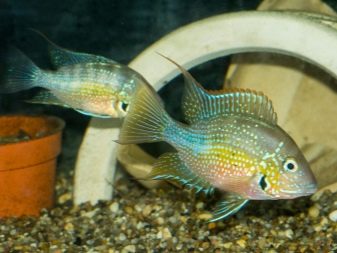
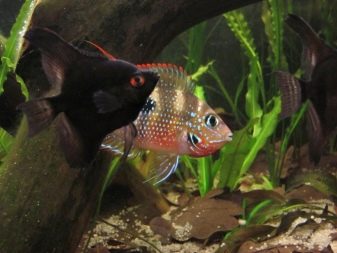
Compatibility with other representatives
Cichlids are inherently predators, although quite peaceful. Given this fact, it is worth considering carefully the compatibility of eliots and other fish in one aquarium. Together with the cichlazoma of this species, you can settle the following representatives:
- other varieties of cichlids, that have similar sizes and character, for example, black-striped, severum, bluish-spotted acar, nannakar;
- barbs, with the exception of cherry and schubert;
- KGS - such as ancistruses and brocade.
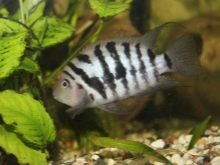
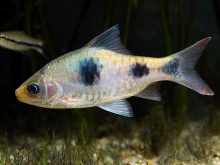
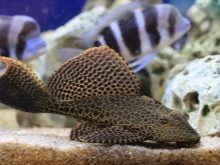
Owners of an aquarium with eliot cichlases should remember that these fish feel best without neighbors. Since these are flocking representatives of the living world, they will be comfortable living in their pack.
Eliot cichlazomas are considered beautiful and interesting fish living in artificial and natural ecosystems. Their popularity is due to the calmness of character, unusual appearance, as well as unpretentiousness in content and nutrition. To make this representative of the aquariums feel great, he will need good and proper nutrition, reading water, as well as a corner for privacy.
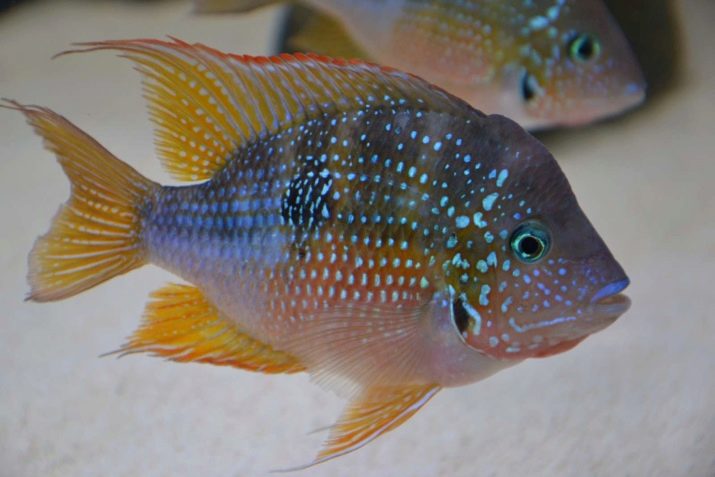
About the features of eliot cichlazoma see below.
